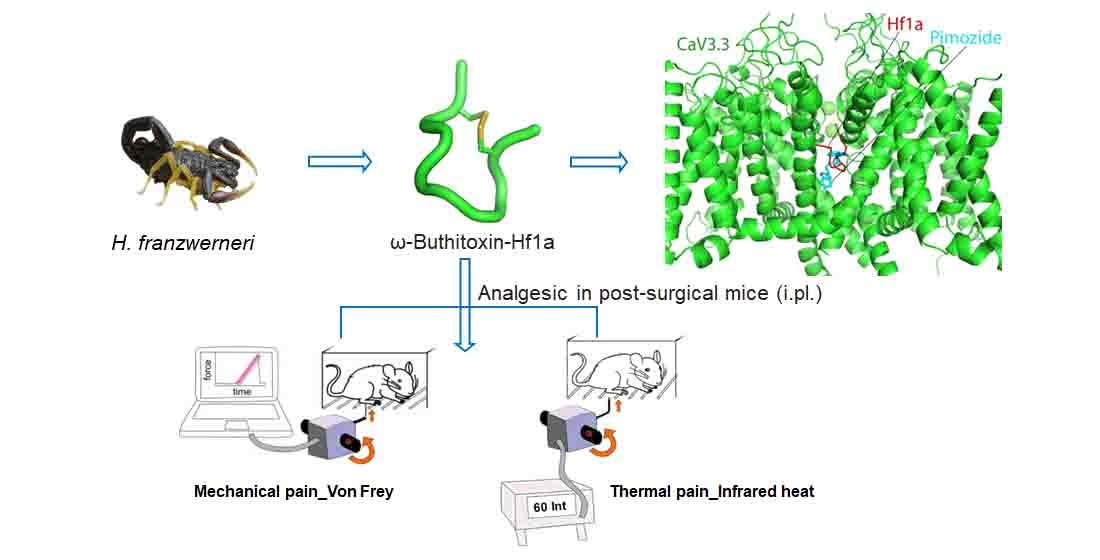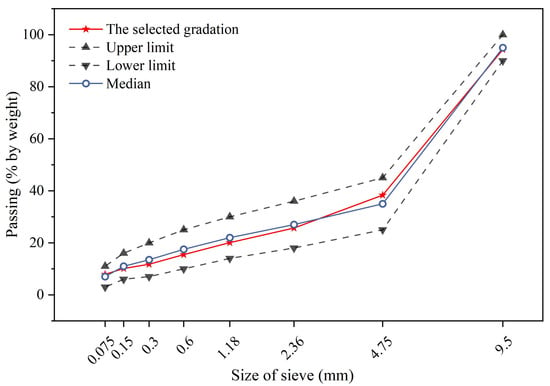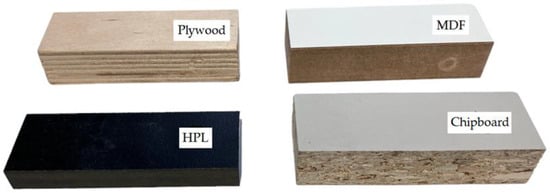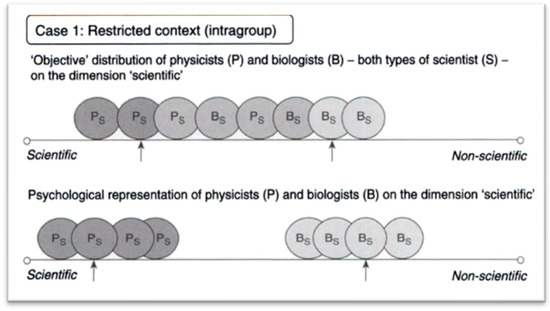Venom peptides have evolved to target a wide range of membrane proteins through diverse mechanisms of action and structures, providing promising therapeutic leads for diseases, including pain, epilepsy, and cancer, as well as unique probes of ion channel structure-function. In this work, a
[...] Read more.
Venom peptides have evolved to target a wide range of membrane proteins through diverse mechanisms of action and structures, providing promising therapeutic leads for diseases, including pain, epilepsy, and cancer, as well as unique probes of ion channel structure-function. In this work, a high-throughput FLIPR window current screening assay on T-type Ca
V3.2 guided the isolation of a novel peptide named ω-Buthitoxin-Hf1a from scorpion
Hottentotta franzwerneri crude venom. At only 10 amino acid residues with one disulfide bond, it is not only the smallest venom peptide known to target T-type Ca
Vs but also the smallest structured scorpion venom peptide yet discovered. Synthetic Hf1a peptides were prepared with C-terminal amidation (Hf1a-NH
2) or a free C-terminus (Hf1a-OH). Electrophysiological characterization revealed Hf1a-NH
2 to be a concentration-dependent partial inhibitor of Ca
V3.2 (IC
50 = 1.18 μM) and Ca
V3.3 (IC
50 = 0.49 μM) depolarized currents but was ineffective at Ca
V3.1. Hf1a-OH did not show activity against any of the three T-type subtypes. Additionally, neither form showed activity against N-type Ca
V2.2 or L-type calcium channels. The three-dimensional structure of Hf1a-NH
2 was determined using NMR spectroscopy and used in docking studies to predict its binding site at Ca
V3.2 and Ca
V3.3. As both Ca
V3.2 and Ca
V3.3 have been implicated in peripheral pain signaling, the analgesic potential of Hf1a-NH
2 was explored in vivo in a mouse model of incision-induced acute post-surgical pain. Consistent with this role, Hf1a-NH
2 produced antiallodynia in both mechanical and thermal pain.
Full article
 IJMS
IMPACT
IJMS
IMPACT Applied Sciences
IMPACT
Applied Sciences
IMPACT Sustainability
IMPACT
Sustainability
IMPACT Sensors
IMPACT
Sensors
IMPACT JCM
IMPACT
JCM
IMPACT Energies
IMPACT
Energies
IMPACT Molecules
IMPACT
Molecules
IMPACT Materials
IMPACT
Materials
IMPACT Remote Sensing
IMPACT
Remote Sensing
IMPACT Cancers
IMPACT
Cancers
IMPACT Electronics
IMPACT
Electronics
IMPACT Mathematics
IMPACT
Mathematics
IMPACT Foods
IMPACT
Foods
IMPACT Buildings
IMPACT
Buildings
IMPACT Plants
IMPACT
Plants
IMPACT Nutrients
IMPACT
Nutrients
IMPACT Animals
IMPACT
Animals
IMPACT Polymers
IMPACT
Polymers
IMPACT Water
IMPACT
Water
IMPACT Diagnostics
IMPACT
Diagnostics
IMPACT Biomedicines
IMPACT
Biomedicines
IMPACT Agronomy
IMPACT
Agronomy
IMPACT Microorganisms
IMPACT
Microorganisms
IMPACT Processes
IMPACT
Processes
IMPACT Healthcare
IMPACT
Healthcare
IMPACT Forests
IMPACT
Forests
IMPACT Cells
IMPACT
Cells
IMPACT JMSE
IMPACT
JMSE
IMPACT Medicina
IMPACT
Medicina
IMPACT Viruses
IMPACT
Viruses
IMPACT Agriculture
IMPACT
Agriculture
IMPACT Nanomaterials
IMPACT
Nanomaterials
IMPACT IJERPH
IJERPH
 Land
IMPACT
Land
IMPACT Pharmaceutics
IMPACT
Pharmaceutics
IMPACT Pharmaceuticals
IMPACT
Pharmaceuticals
IMPACT Religions
IMPACT
Religions
IMPACT Biomolecules
IMPACT
Biomolecules
IMPACT Life
IMPACT
Life
IMPACT Micromachines
IMPACT
Micromachines
IMPACT Atmosphere
IMPACT
Atmosphere
IMPACT Antioxidants
IMPACT
Antioxidants
IMPACT Genes
IMPACT
Genes
IMPACT Metals
IMPACT
Metals
IMPACT Symmetry
IMPACT
Symmetry
IMPACT Children
IMPACT
Children
IMPACT Coatings
IMPACT
Coatings
IMPACT Vaccines
IMPACT
Vaccines
IMPACT Horticulturae
IMPACT
Horticulturae
IMPACT Education Sciences
IMPACT
Education Sciences
IMPACT Minerals
IMPACT
Minerals
IMPACT Brain Sciences
IMPACT
Brain Sciences
IMPACT JPM
IMPACT
JPM
IMPACT Bioengineering
IMPACT
Bioengineering
IMPACT











